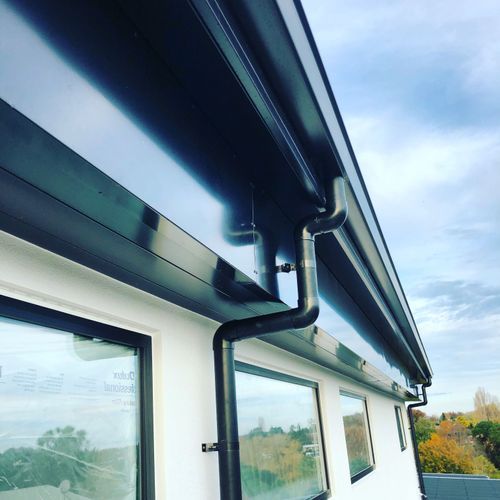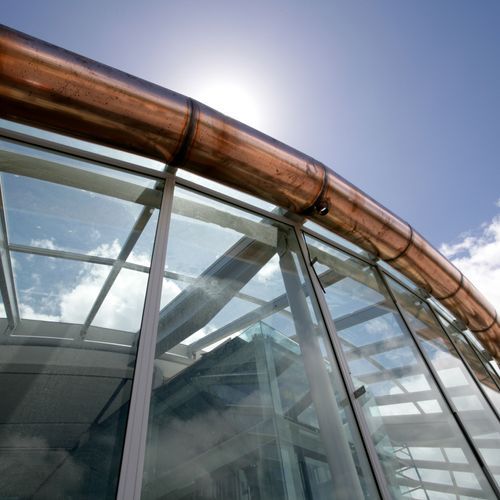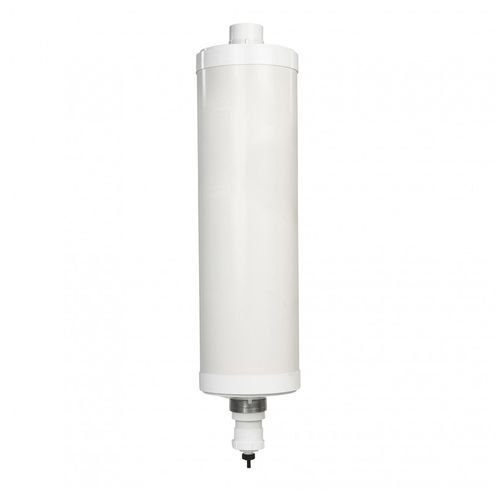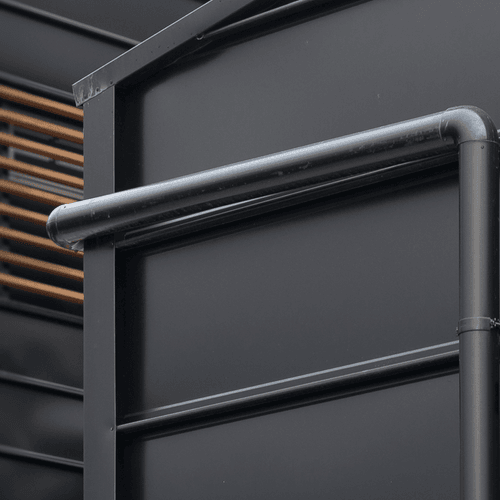Downpipes
- The decision to get a suitable downpipe for guttering systems can be difficult as numerous types and materials are available. These include PVC downpipes and copper downpipes, to name a few. A gutter downpipe is essential to any property and protects the roof from natural debris and residue. Visit ArchiPro for the best wet-weather protection solutions, roof tiles, and slates.Why ArchiPro?
No more endless searching -
Everything you need, all in one place.Real projects, real experts -
Work with vetted architects, designers, and suppliers.Designed for New Zealand -
Projects, products, and professionals that meet local standards.From inspiration to reality -
Find your style and connect with the experts behind it.Start your Project
Start you project with a free account to unlock features designed to help you simplify your building project.
Learn MoreBecome a Pro
Showcase your business on ArchiPro and join industry leading brands showcasing their products and expertise.
Learn More





